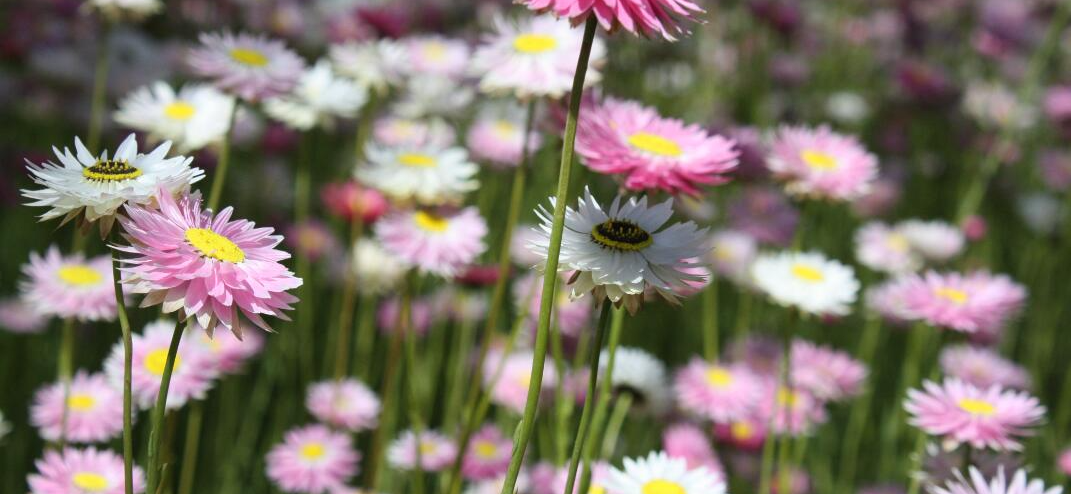Flower photography is a captivating way to connect with nature and express creativity through the lens. As we immerse ourselves in vibrant gardens or wildflower meadows, each bloom presents a unique opportunity to tell a story, convey emotions, and share the beauty of nature with others.
To begin with, understanding the basics of composition is crucial. The rule of thirds, for instance, can help create more balanced and engaging images. Positioning a flower off-center often gives the photograph a dynamic feel, while negative space can amplify the subject's beauty. Experimenting with different angles—whether it's capturing a flower from above, at eye level, or even from beneath—adds depth and interest to your shots.
Lighting plays a pivotal role in flower photography. The golden hours, shortly after sunrise or before sunset, provide soft, diffused light that enhances colors and details, allowing flowers to radiate their natural beauty. Overcast days can also be ideal, as the cloud cover acts as a natural diffuser, reducing harsh shadows.
Macro photography can reveal intricate details often overlooked by the naked eye: the delicate texture of petals, the shimmer of dew, or the intricate design of a flower's stamen. Investing in a macro lens or extension tubes opens up a whole new world of possibilities.
Post-processing is also essential in flower photography. Enhancing colors, adjusting contrast, and refining sharpness can bring your images to life. However, maintaining the flower's authenticity should always be a priority.
Ultimately, flower photography is about exploring the natural world and honing your skills as an artist. So grab your camera, step outside, and let the beauty of flowers inspire your next masterpiece

